With many printing presses and lot many newspapers around, the journalists in Jammu and Kashmir attempted and constituted many associations to articulate the issue the media was confronted with. Media scholar Nayeem Showkat offers a detailed account of the rise and fall of a number of associations of journalists in Kashmir and Jammu before and after the partition
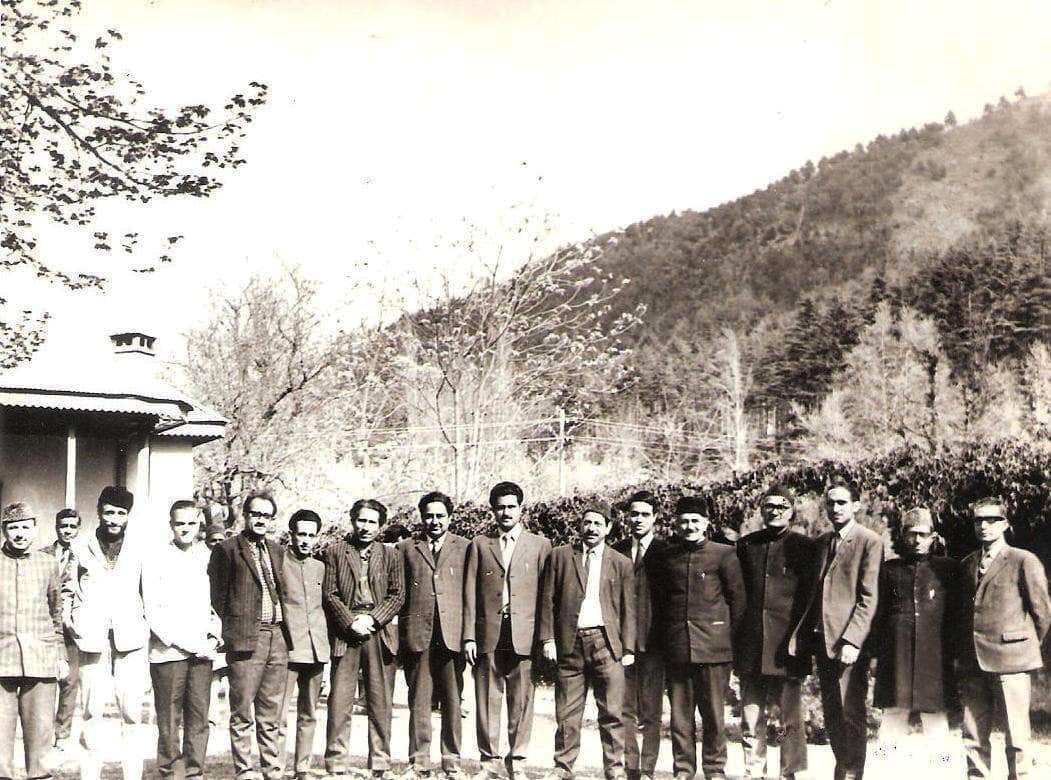
Amidst the gradual proliferation of journalistic activities in the erstwhile State of Jammu and Kashmir, numerous journalistic associations sprouted, witnessing fervent participation from the media circles. One such platform, the Kashmir Journalists Association, regarded as the first-of-its-kind in the erstwhile state, was materialized in the Vitasta office in April 1933, under the aegis of Sheikh Fazal Ahmad Kashmiri of Gulab. Prem Nath Bazaz took over the reins as the president, while Baldev Prasad Sharma assumed the mantle of its secretary. The subsequent year saw the emergence of Baldev Prasad Sharma as the president and Sheikh Fazal Ahmad as the secretary.
Subsequently, the association extended its operations and laid the groundwork for its Jammu chapter, christened the Jammu Journalists Association, under the tutelage of Lala Ram Saran Das Malhotra. Munshi Meraj Uddin Ahmad of Pasban was appointed as its first president, while Lala Shiv Ram Gupta served as its inaugural secretary.
Owing to the widespread issue of inflation with the onset of the Second World War, the Kashmir inhabitants, as well as the journalists, were filled with apprehension. Despite their apprehensions, they were unable to unite and censure the government for its insouciant attitude.
The Divisions Within
The division among the journalists ensured that they ceased to be taken seriously by the authorities or the people. The column war between journalists and newspapers was very common, which was unwholesome for fraternity per se.
In one such case, Naya Sansar of Dina Nath Mast Kashmiri in an editorial on July 21, 1947, suggested the government to terminate the publication of newspapers like Khidmat, Noor, Khalid, Desh and Navyug as the printers and publishers were imprisoned at that time. Mast did not shy away from expressing his opinion that these editors shouldn’t be released even on parole. All four newspapers, apparently run by the National Conference, were blacklisted by Ram Chand Kak administration and continued to be so during his tenure.
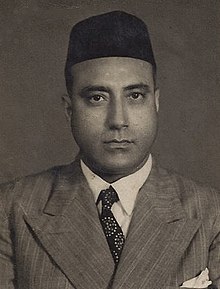
The business of allegations and counter-allegations among the journalists was at its peak, holding each other responsible for the divide. The schism was evident from the mudslinging that ensued between different media camps. One camp of newspapers accused Mohammad Ayub Sabir of the Albarq of blackmail, while others criticised Bazaz repeatedly for various reasons, meanwhile, a camp was up in arms against Mitha and GK Reddy.
The bifurcation of the camps was based on a wide range of issues including regional, political, economic and other aspects. There also existed a chasm between the press and the authorities at that time. Working at cross purposes, the relations were nowhere cordial between the two, and the newspapers in the State were hardly taken seriously by the government on any issue of consequence.
Multiple Groups
Rather than acting as a mediator, the publicity department of the government is said to have allegedly exacerbated the situation by pitting newspapers against one another. This led to a division among journalists in Kashmir, with three distinct factions emerging, including the noteworthy Kashmir Journalists’ Association and Kashmir Journalists’ Federation. With the strategy of “divide and rule,” journalists remained distant from each other, which eventually resulted in the formation of a new journalists’ federation.
Martand, Khalid, Khidmat, Shamsher, Dehkan, Muslim, Kashmir Punch, and Tabeeb were members of the Kashmir Journalists’ Federation. The constitution of the Kashmir Journalists’ Federation was passed under the president-ship of Pandit Janki Nath Zutshi in a meeting of the Federation held in the office of Kashmir Times on March 24, 1941.
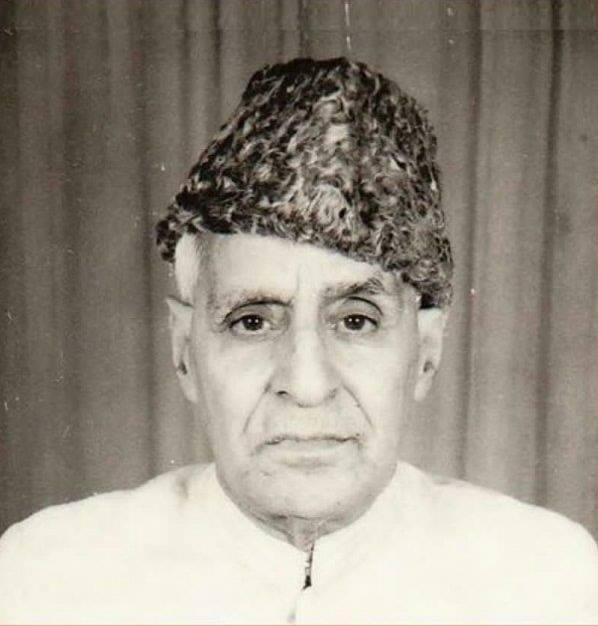
Both camps strived to capture the government’s attention towards the issues prevalent in the State. In the context of the flagrant issues of inflation during the Second World War and that of firewood distribution, the members of Kashmir Journalists’ Federation – Prem Nath Kana, (Martand), Sadar Uddin Mujahid (Khalid) and GR Arif (Khidmat) – met the governor of Kashmir on February 4, 1942. The Kashmir Journalists Association also met the governor in this regard. Both organisations were struggling at their end, though not yielding much result.
The Unity Efforts
Eventually, the intensifying problems paved the way for the unison of Kashmir journalists.
The press circles were divided into two important opinions. While one group insisted to unite all the journalists across the erstwhile State of Jammu and Kashmir under one organisation, the other camp wished to initially bring together the journalists of Kashmir only.
The efforts in this direction were marked by the passing of a resolution by the members of the Kashmir Journalists’ Federation, in its meeting under the president-ship of Khwaja Sadar Uddin Mujahid (Khalid), stating that a common platform for all the journalists of the State was the need of the hour. Acquiescing to even sacrifice its name to unite all Kashmir journalists, the Federation was ready to function under the banner of an All-State Press Conference.
Mujahid also met the president of the Jammu Journalists’ Association in order to chart out a common programme for the unification of journalists. The associations also employed the services of the press in this course, so as to snowball all the efforts to fruition.
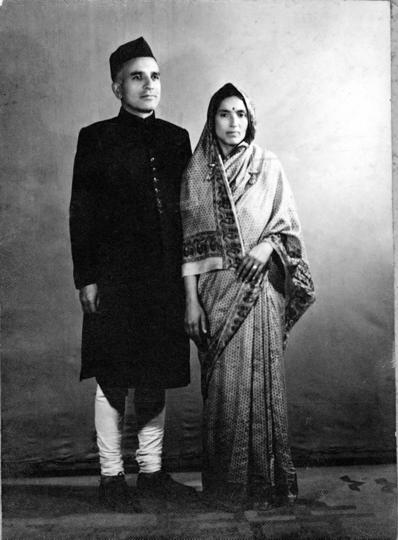
Besides passing a resolution, Kashmir Journalists’ Federation in a meeting on April 11, decided to hold a conference of Kashmir journalists in July 1942. The Federation in its meeting on May 10, 1942, in the office of Khidmat also enlisted a set of instructions to be followed by the newspapers of the State to reinforce communal harmony in the hour of despair the world was going through.
It was on May 19, 1942, that Sadar Uddin Mujahid called upon all the members of the Kashmir Journalists’ Federation and Kashmir Journalists’ Association and other non-affiliated Kashmir journalists, where after much discussion, came the historic decision that the journalists of Kashmir will unite under one banner only. Upon the resolution, two names were supposedly proposed for the new organisation: Kashmir Journalists’ Federation and Kashmir Newspapers’ Society. Resulting in a tie, both the names received 9 votes each.
Ending the confusion, the president of the meeting, Mujahid voted in favour of Kashmir Newspapers’ Society. It is noteworthy that Mujahid sacrificed the name of his organisation Kashmir Journalists’ Federation for the sake of uniting the journalists by preferring the alternative name. A sub-committee was also constituted for the drafting of rules and regulations.
A Failure
In its incipient stage, Kashmir Newspapers’ Society proved to be a failure for its incapacity to bring divergent voices to a common platform. Surprisingly, the Society did not hold a meeting for a long time on the pressing issue of newsprint. The Society could conduct its first meeting only after six months of its formation on November 18, 1942.
The Society in its meeting on January 4, 1943, decided to meet twice on the 1st and 16th day of every month. It was also decided that as a sign of protest against the harsh directive of the British India Government ordering the Indian newspapers to suspend their publication, the newspapers in the State would abstain from publication for one day.
What catches one’s attention is the fact that it was alleged that court notices and advertisements of offices in Jammu were refrained from being sent to Kashmir newspapers while the newspapers of Jammu did receive the court notices and advertisements from Kashmir.
The Society decided to meet the publicity officer regarding this inequitable distribution of government advertisements and also to file a representation in the offices of the chief controller, prime minister and publicity officer pertaining to the issue of newsprint quota, which was pending for a long. With the government turning a deaf ear to the plea, the Society in its subsequent meeting in January wrote another letter to the publicity officer for the newsprint quota of all the newspapers.
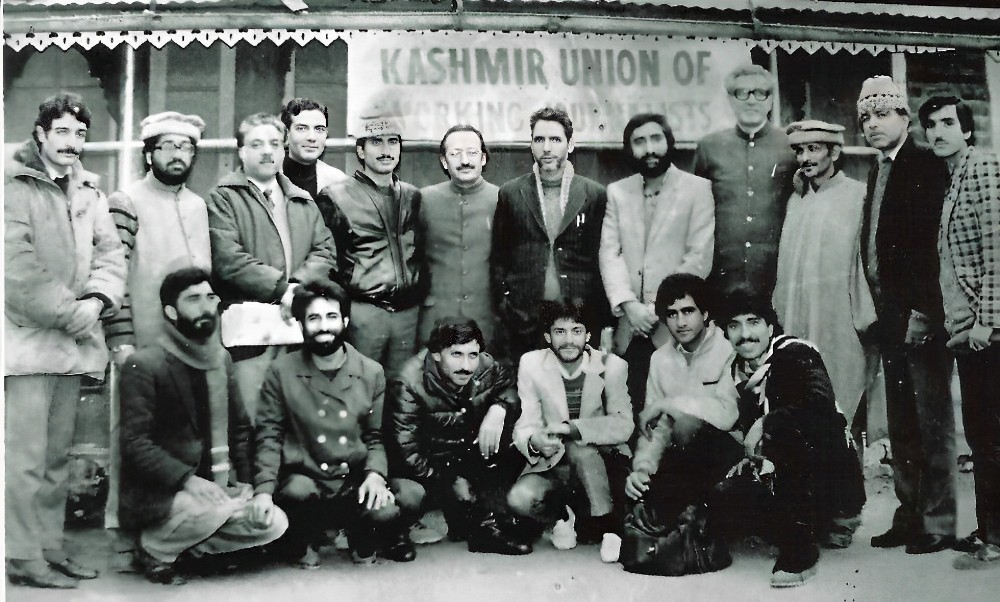
Mast Mast!
Dina Nath Mast Kashmiri was assigned the task of passing on the letter to the publicity officer, in the capacity of the secretary of the Society. In an unexpected turn of events, instead of submitting the application to the publicity office, Mast is said to have concealed the letter for three weeks.
Alongside, in a meeting of the Society held in the office of Khalsa Gazette on January 27, 1943, Mast was alleged of taking undue advantage of his position in the Society for the benefit of his own newspapers. Accused of misleading the Society, he was forced to resign from the office, with the editor of Khalsa Gazette, Gurpurab Singh assuming the charge as the new secretary.
It is important to put on record that in a bid to contribute and participate in the activities of journalists aimed at working for the creation of an environment conducive to the press in the erstwhile State of Jammu and Kashmir, Sardar Gurpurab Singh, editor of Khalsa Gazette proactively lent his hands and even headed Kashmir Journalists’ Association in the capacity of president for quite some time.
The status quo of the quota of newsprint for the newspapers continued, to take stock of which, the Society under the president-ship of Sadar Uddin Mujahid again proposed on February 1, 1943 to meet and present a memorandum to the Prime Minister. Another letter was also drafted to inform the government that journalists should also be taken on board while taking important decisions about the public. They requested the government that journalists of the State should be kept in the loop about the meetings and other issues of the State.
Pan State Group
The Society organised a conference of all the journalists of the valley on April 10-11th, 1943. Further, the idea of holding the All Jammu and Kashmir Newspaper Editors’ Conference in the month of June was also floated, which was later conducted in August.
Under the president-ship of Mujahid, different committees were formed for a three-day conference to be held between August 19 and 21, 1943 in Srinagar. The invitation letters were sent to the members of the Jammu Journalists’ Association and all the non-affiliated journalists of Kashmir, Jammu, Poonch, Mirpur and others.
In a meeting held under the supervision of Mujahid on July 7, 1943, the editor of Ranbir Mulk Raj Saraf, representing the Jammu Journalists’ Association, was elected as president of the All Jammu and Kashmir Newspaper Editors’ Conference. The Conference which hit headlines in media across British India, had the editor of Amrita Bazar Patrika, Tushar Kanti Ghosh as its chief guest.
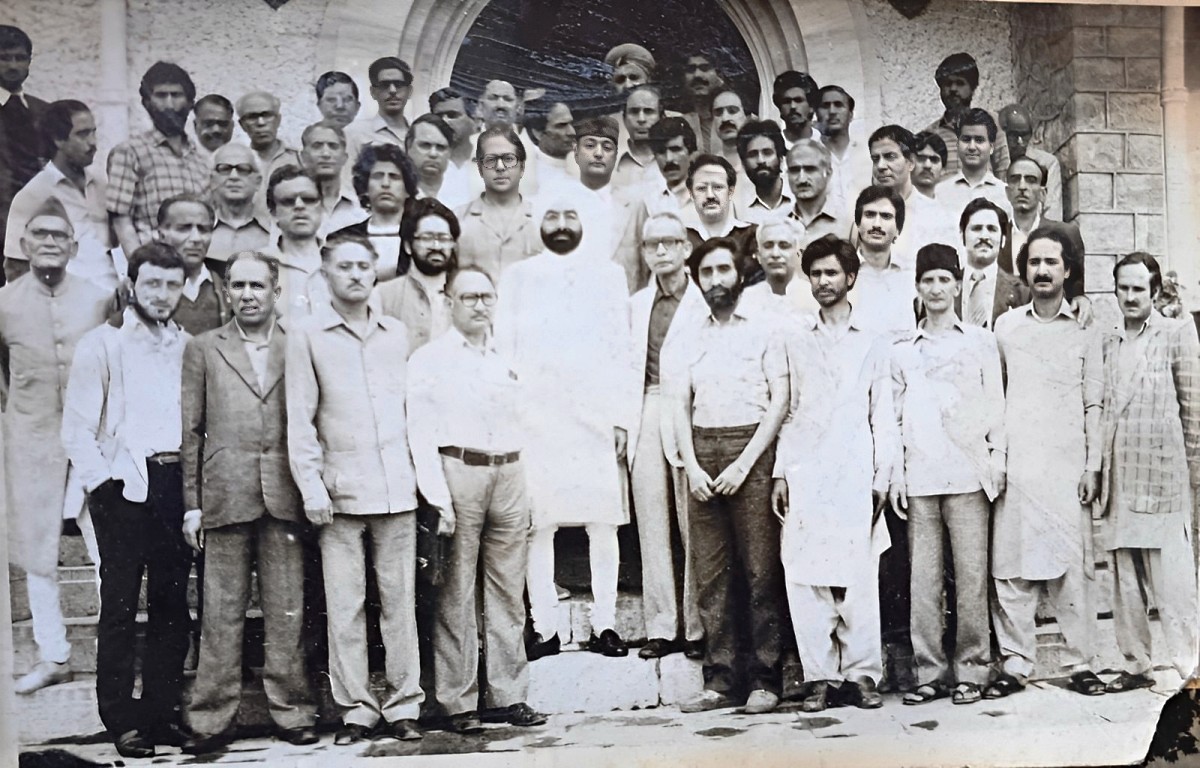
The newspapers that participated in the All Jammu and Kashmir Newspaper Editors’ Conference include; Ranbir, Sudarshan, Prabhat Poonch, Sach, Sadaqat Mirpur, Pukar, Usha, Kisan, Desh Sevak from Jammu, while Martand, Kashmir Times, Khalid, Shamsher, Khidmat, Khalsa Gazette, Tabeeb, Vakil, Noor, Sudhar, Maseeha, Nishat, Jauhar, Dehkan from Kashmir.
It is noteworthy that the Conference was already plagued by a conflict between its members even before its commencement. The All Jammu and Kashmir Editors’ Conference registered a case under section 403 against the editor of Kashmir Chronicle in ADM’s office. The Conference also passed a resolution against him on August 7, later on; a case was filed against him on August 9, 1943.
The sudden turn of events in the political echelons of the State also resulted in the degradation of the association. The journalist fraternity in Jammu was also divided into two different organizations with the same name Jammu Journalists’ Association.
Headed by Saraf, the older association of the two was also headed by the editor of Sudarshan Pandit Vishwa Nath Kerni for some time. Newspapers like Sudarshan, Kisan, Insan, and Desh Sevak were the members of this organisation. Meanwhile, the new group had affiants including Narsingh Das Nargis of Chand, Meraj-ud-Din Ahmad of Pasban, Lala Shiv Ram Gupta of Amar, etc.
Afterwards, the new association of journalists removed Munshi Meraj-ud-Din of Pasban from the post of vice president for his anti-association remarks published in various newspapers of the State. Pandit Vishwa Nath Kerni, the editor of Sudarshan, was the president of the association while Sharma Girdhari Lal Anand Saraf, editor of Anand newspaper took over as the vice president.
Bazaz Initiative
Boosting the journalistic activities in the State, Prem Nath Bazaz in collaboration with the members of the new association of journalists in Jammu floated another organisation called the All Jammu & Kashmir Press Conference in April 1943. With Bazaz being the top brass, and Munshi Meraj-ud-Din the first elected secretary of the body, the Press Conference conducted its first annual session in Jammu.
This move of creating an organisation, and giving it a State-level moniker received equal criticism and disapproval from all the spheres of press in the State including that from old association of Jammu journalists, the Jammu and Kashmir Newspapers’ Society and other non-affiliated journalists of the erstwhile State of Jammu and Kashmir. The polemical situation stemmed from the naming of the organisation with the prefix All Jammu and Kashmir without even consulting the veteran and prominent journalists and associations of the State.
In an endeavour to grab the attention of authorities towards the issues of the journalist community in general and long pending concerns related to newsprint quota in particular, the old association of Jammu journalists in a meeting held in the office of Ranbir, deliberated upon the need of requesting both the Government of India as well as the Government of Jammu and Kashmir for necessary actions. Further, they also passed a resolution against the All Jammu and Kashmir Press Conference refuting any affiliation to the organisation.
It goes without saying that both associations were vital in highlighting the issues afflicting the journalist fraternity, yet there was a deficit as there was no central organisation of journalists in the erstwhile State of Jammu and Kashmir. The frequency of meetings and activities of press delegates intensified with time.
American Visit
A federation of American journalists also visited Kashmir and met journalists of the State, as well as Sheikh Mohammad Abdullah in Mujahid Manzil.
Intended to spend some time together over tea, a press chat of editors and journalists of Srinagar was arranged by the editor-in-chief of Khidmat Allama Kashfi in Hotel Majestic Srinagar. The four-hour-long chat was attended by Pandit Gawsha Lal of Kashmir Chronicle, Pandit Dina Nath Mast of Albarq, Naya Sansar and Rehbar, Pandit Sham Lal of Desh, Sardar Gurpurab Singh of Khalsa Gazette, Molvi Abdul Ghaffar of Islah, Pandit N L Tuku, Aziz Kashmiri of Roshni, Sarkush Kashmiri of Khalid and Ghulam Ahmad of Noor and others. Kashfi desired to unite the two associations of journalists operative in the valley till 1947, under one banner.
Needless to say that the incidence of initiating such associations swelled over the period of time. Further, to enhance their skills, the journalists of the State also started participating in conferences and meetings across the world. In a bid to join hands and integrate, the Muslim journalists in Srinagar also formed their own association in 1946, which they also affiliated with the All India Muslim Journalists’ Association.
Post Partition Systems
The government after the end of the Dogra rule drafted new rules for the distribution of government advertisements among the newspapers. According to new rules, the newspapers were divided into three groups.
60 per cent of all the advertisements were reserved for the first group consisting of all the daily newspapers. 30 per cent of the advertisements were reserved for the second group of newspapers, and only 10 per cent for the third group of newspapers.
However, this infuriated the press which severely criticised the policy. According to the new grouping, Khidmat, Sach, Ranbir, Rehbar, and Khalid were placed in the second group and Santoor, Naya Kashmir, Albarq, Khalsa Gazette, Desh and Gita were listed in the third group.
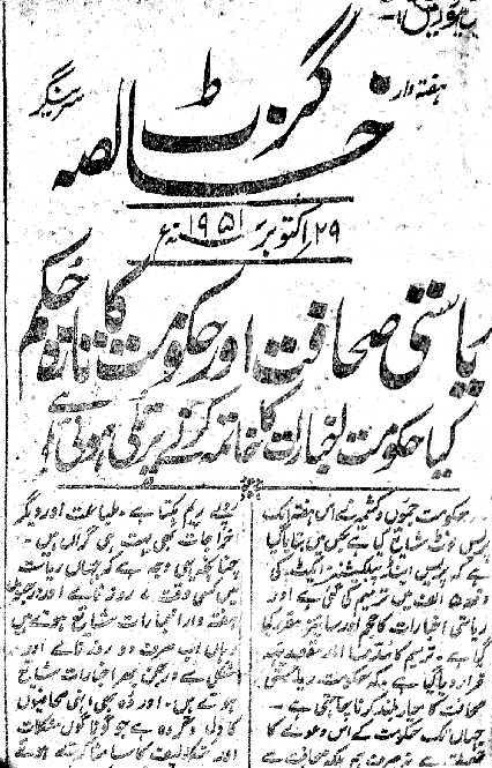
To discuss the issue, a meeting of the Kashmir Journalists’ Association was held on February 20, 1951, concerning the distribution of advertisement shares, followed by another meeting on February 23, 1951. The association demanded that the first group should be allotted 55 per cent instead of 60.
The association resolved that the second group containing all the regular, bi-weekly, bimonthly and monthly newspapers should be allocated 45 per cent instead of 30 per cent of advertisements share. The association was of the opinion that the newspapers placed in the third group should not be considered for any favour.
In 1954, a four-member delegation of Srinagar editors participated in the first session of All India Newspaper Editors’ Conference (AINEC) in Delhi. The delegation comprised of Moti Lal Misri of Mashaal, Nand Lal Watal of Khidmat, ON Dhar of Kashmir Post and Badri Nath Mottu of Martand.
Two years later, Mulk Raj Saraf represented the erstwhile State of Jammu and Kashmir in the First World Congress of Journalists at Helsinki, Finland in June 1956. In the ensuing years, the 122nd meeting of the AINEC also took place in Srinagar between August 23 and 24, 1968, with the collective efforts of the editors of eminent newspapers and the information department of the government.
Interesting Input
Though associations and organisations proactively participated in various accomplishments, the government claimed to have never been informed about the existence of any such associations in the State. This matter came to the fore when the president of the Indian Federation of Working Journalists, AC Banerjee wrote a letter to the Prime Minister, GM Sadiq, seeking financial and other logistical support for organising a conference of working journalists of India in the State in 1964.
It is noteworthy that the association also strove to organise a conference in the State in 1963, which couldn’t materialise. In this connection, Director of Information, GD Sharma wrote to the secretary to Government Information Department, Srinagar stating that they have no knowledge about any journalist association here.
BN Rao Presser
For some time, there has been an unremitting debate in the academic and press circles of the State apropos the first press conference in the history of the erstwhile State of Jammu and Kashmir. The popular narrative brought to the fore by the majority of writers of Kashmir in this regard asserts that BN Rao’s press meet and others were among the first to be held here.
However, the archival data suggests that long before BN Rao’s press meeting several press conferences were held in the erstwhile state. In such a case, a press conference was held at Kashmir Ayurvedic Hospital on February 1, 1942, by Kaviraj Pandit Janki Nath. Journalists from almost all the newspapers attended this press conference.
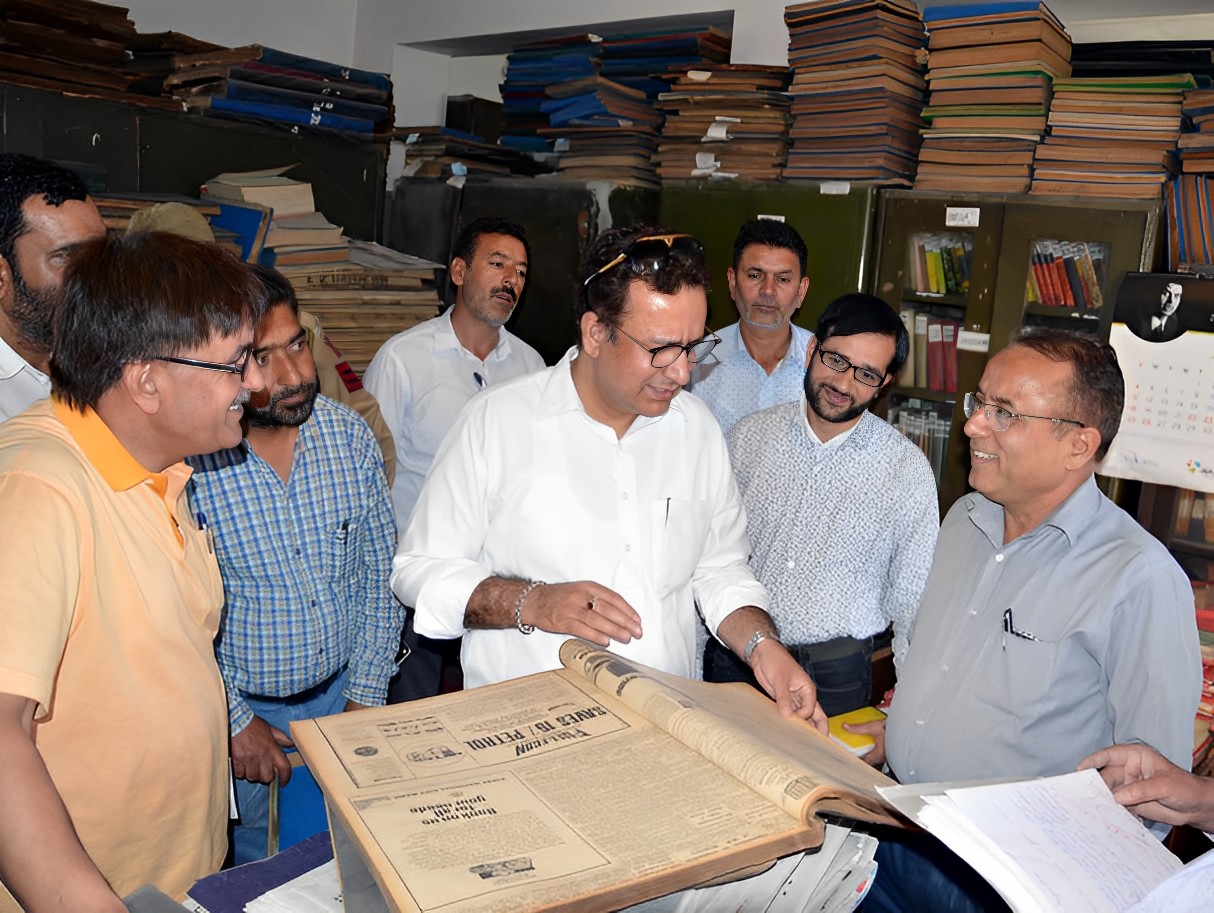
Prince of Wales Visit
Indeed, this is not the only instance of the State’s active involvement in PR activities evident from the records. One finds mention of such occasions when reporters from across the world were invited with the intention to achieve significant press coverage of Kashmir.
It is in this regard a significant reference is found in the pamphlet issued by The Foreign Department, Jammu and Kashmir State, in which the data related to the Prince of Wales’s visit to Jammu in March 1922, reveals that a Press Camp was also installed during his visit to the State. 21 journalists from different parts of the world were associated with the camp, which includes correspondents from the Telegraph, Morning Post, Times, Reuters, Times of India, Indian News Agency, Fauji Akhbar and many freelancer journalists.
Since the erstwhile princely state has not been so old in countenancing the publication of newspapers, it comes as a surprise that Jammu and Kashmir has the credit of being one of the oldest regions of the world where modern tools of publicity were in praxis for public information.
Publicity Department
The editors and reporters of newspapers from various regions were invited by Dogra rulers for press coverage of Jammu and Kashmir. The erstwhile state, since early Dogra rule, had a fixed budget for such activities and would bear the expenses of the food, transport, tents and other luxurious facilities to the extent that unexpectedly, the smoking expenses of these journalists were also taken care of by the rulers at that time.
These activities endured somewhat at the same time when a Central Publicity Board was established in British India. What could be termed as an attempt of publicity and public relations, the first Press Officer to give official information to the press was appointed by British India Government in 1878.
Though it was during the period between the two world wars that communication scholars’ interest shifted towards the study of propaganda, J&K exhibits an active engagement in publicity activities long before it established a Publicity Department.
Maharaja Hari Singh established a Publicity Department in the State in 1931, under the direct supervision of the Chief Secretary of the State, the judge of the High Court and the Home Minister. Before that, it was the political department of the government which was empowered to keep an eye on publicity issues.
It is palpable from the above-mentioned niceties that journalist associations continued to play an indispensable role in the development of the press. They were instrumental in bearing yield, at times, concerning innumerable issues of the journalists certainly even after the end of the Dogra regime.
Suggestion for Advertisements
A case in point; to put forward the issues of inequitable distribution of government advertisements, securing newsprint for newspapers, the disparity in the advertisement rates, increase in the rates of advertisements and court notices by 50 per cent, the Kashmir Editors’ Conference in a meeting with Prime Minister on February 13, 1959, spelt out these matters.
The issue of remunerating weeklies more money than dailies comparatively for the same advertisement was also brought to his notice, further requesting him to put an end to the practice of plan advertisements and practice of assisting newspapers in publishing special numbers.
Opposing these policies, the Kashmir Editors’ Conference was promised by the Prime Minister that the issues will be anatomized, to the extent that some issues were immediately resolved. The Conference continued to execute its duties smoothly till 1965, drawing the ire of the Home Minister of the State who is said to have been displeased and intimidated by its performance.
The Press Club
The Kashmir Press Club which was established by the journalists of international newspapers came to an end in 1950, exposing the rift in the journalist fraternity. In 1954, the Jammu Journalists’ Association was revived by Narsingh Das Nargis as the Jammu Press Club.
Surprisingly, the Enquiry Committee on Small Newspapers 1965 divulges that in Jammu and Kashmir, there was no association of the pressmen. The findings of the Committee assert that there existed an inoperative Press Club in Jammu.
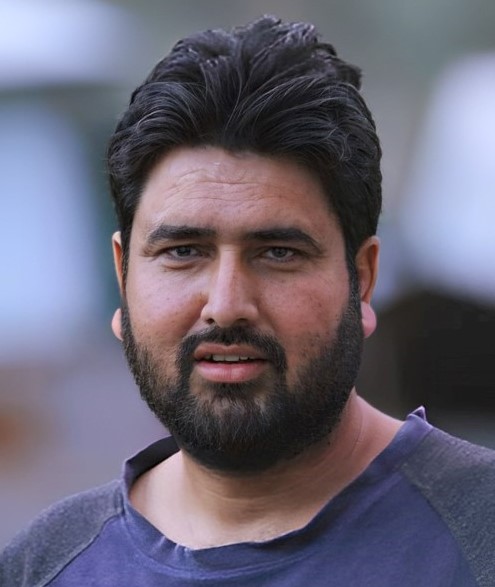
It is a fact that a branch of the All India Newspaper Editors’ Conference (AINEC) existed in the State, but it was dormant. In the same way, the Working Journalists’ Federation also had a unit in Jammu, but it was mostly non-functional.
First Press Commission Report reveals that the Indian Federation of Working Journalists at that time had seven members in Jammu and Kashmir, the lowest among all the 22 units with a membership of 1,500 across India.
(The writer is a post-doctoral Fellow in Media Studies at the Indian Council of Social Science Research, New Delhi)















